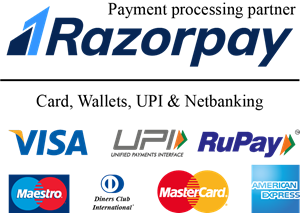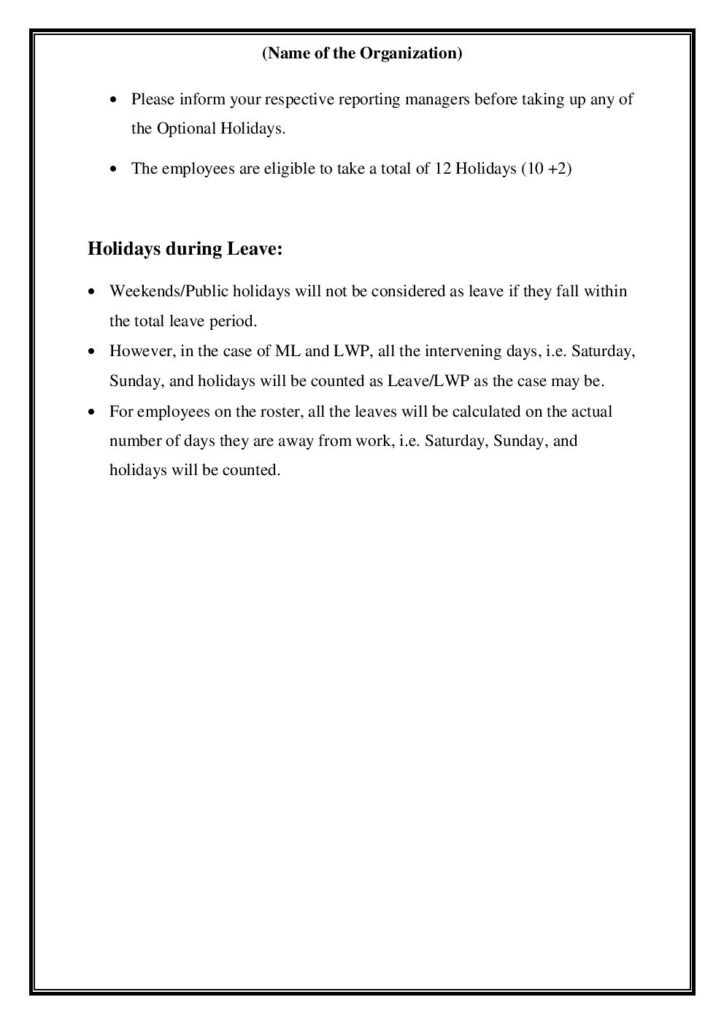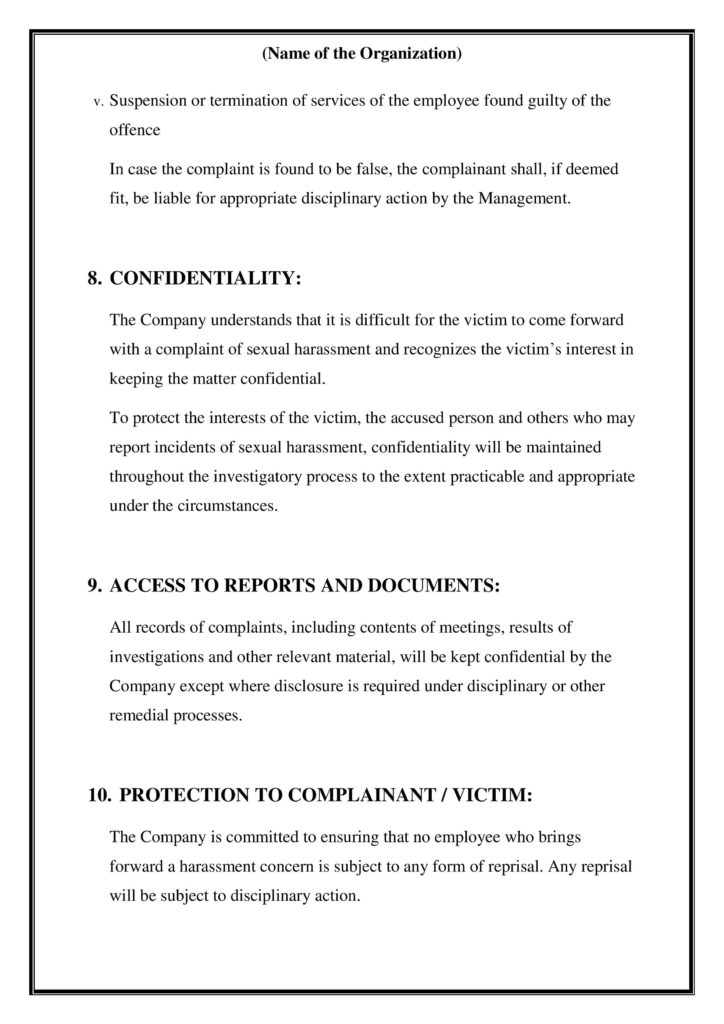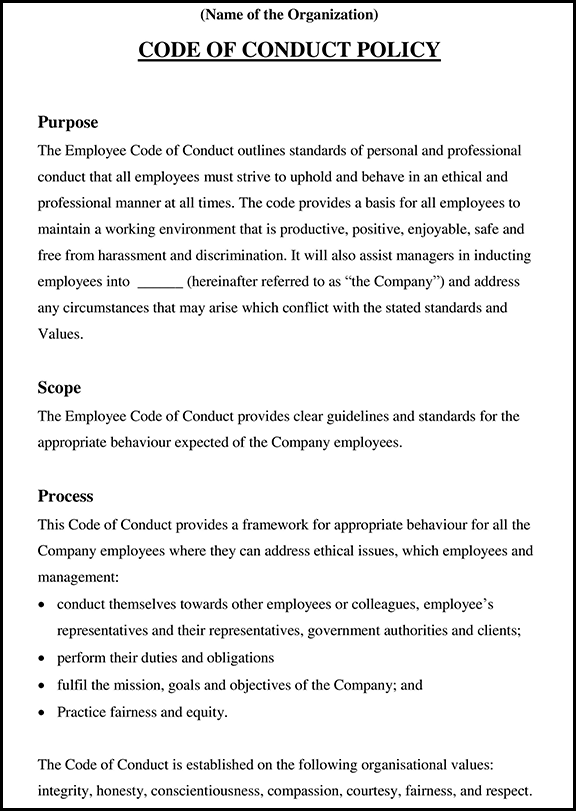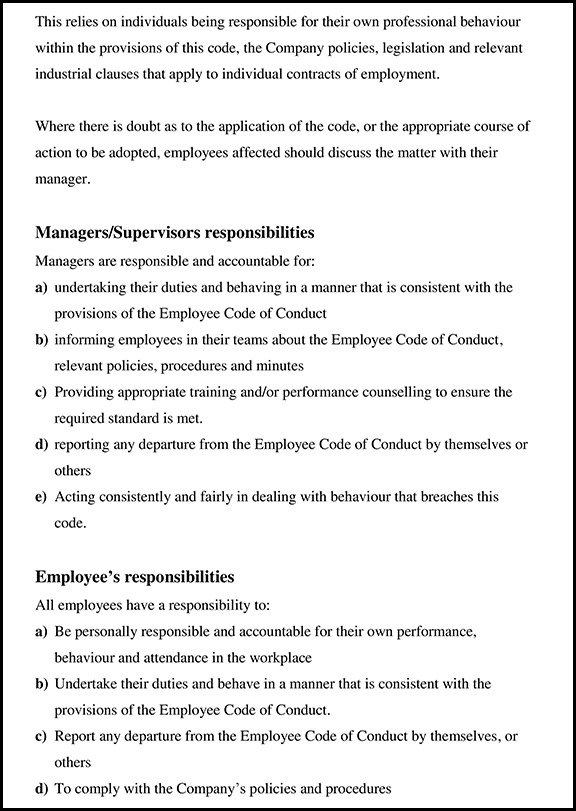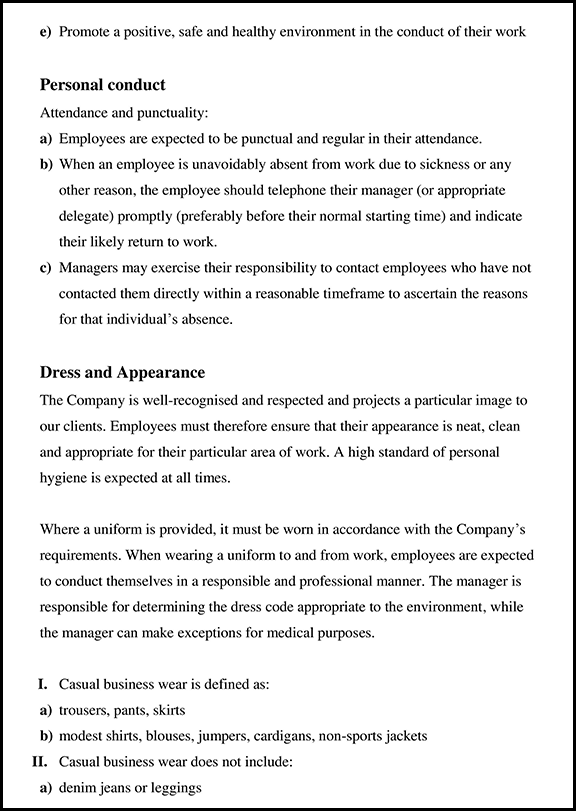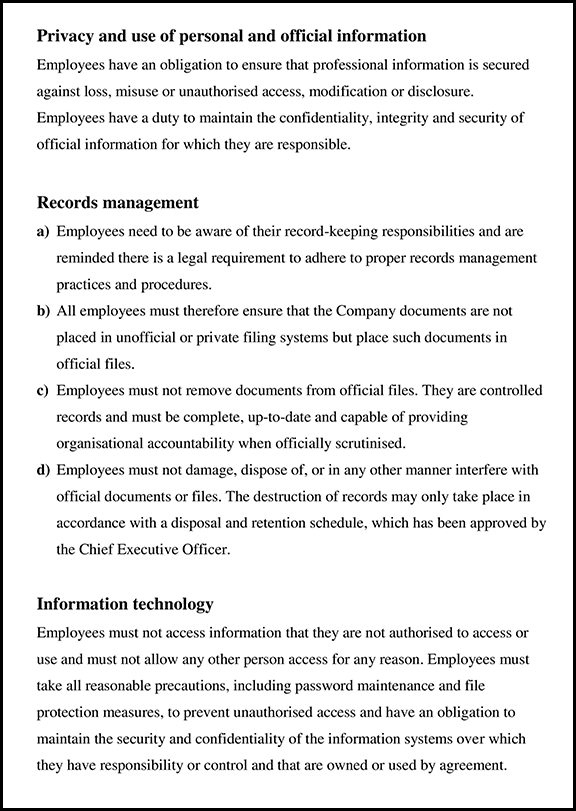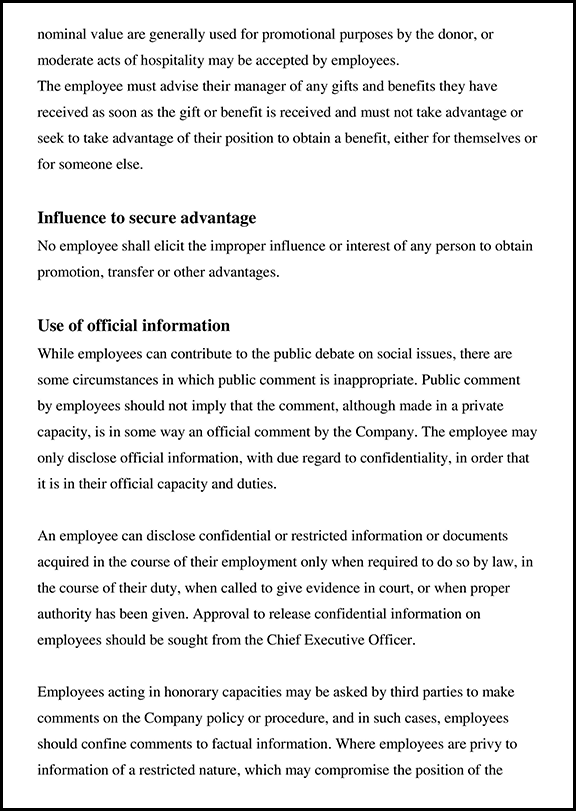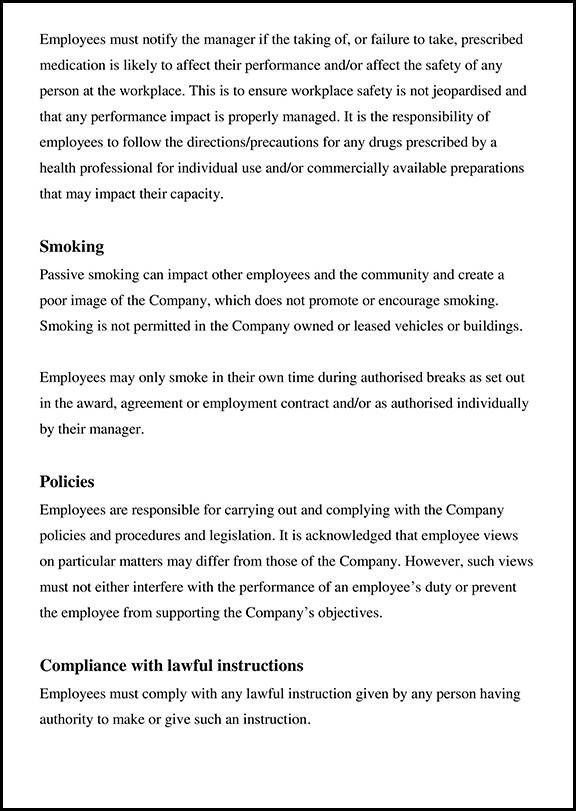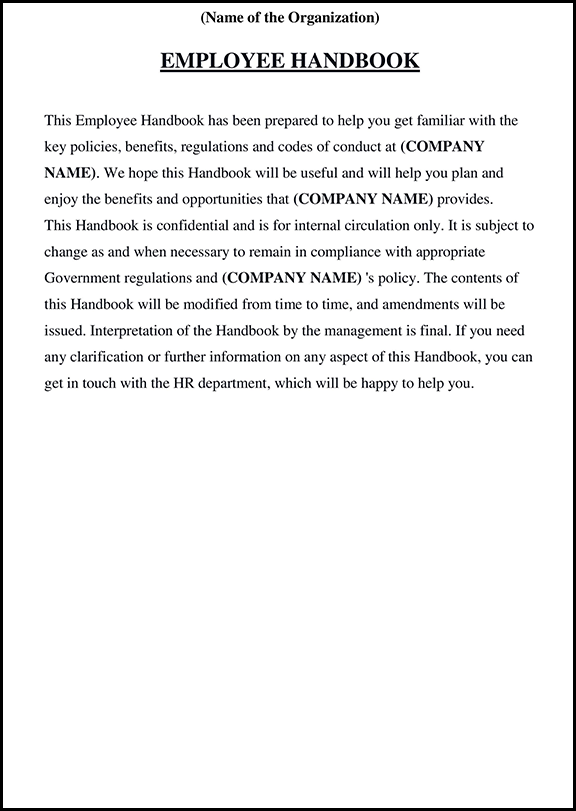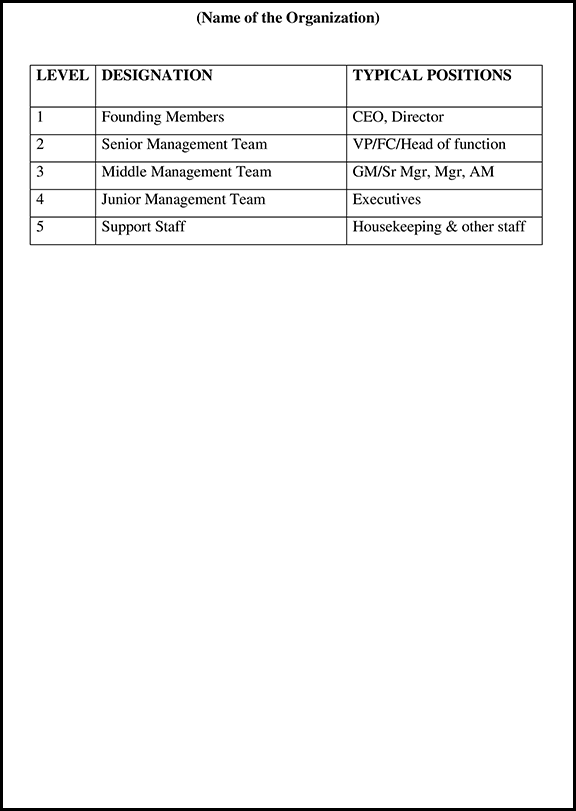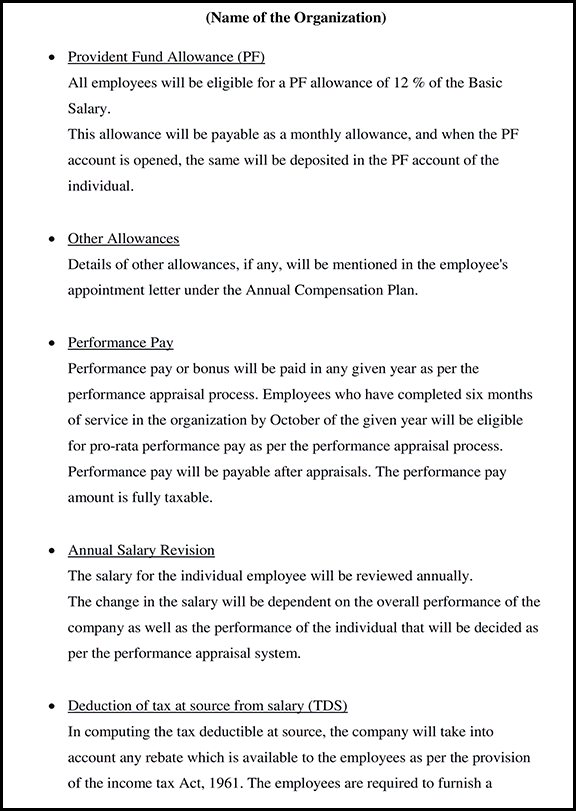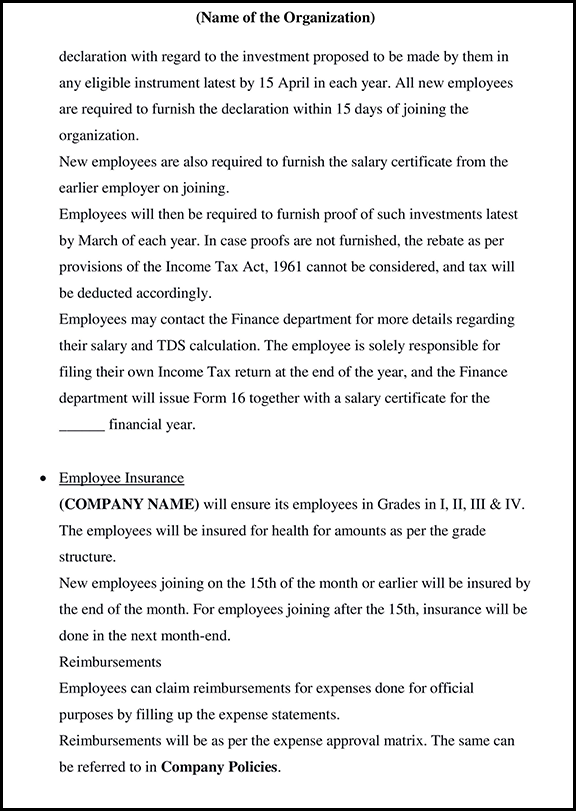
11 Effective Employee Motivation Tips and Tricks 2024
Can you imagine doing daily tasks with no motivation? I undoubtedly can not! Motivation is a fuel to our body that keeps us smoothly going through all the day-to-day processes. “Employee Motivation” is the degree of energy, innovation, and commitment among the employees in a day. It tells about how happy and driven an employee is in his specific job role. Keeping your employees motivated all through the day, weeks and months seem to be a difficult task. It’s impossible to make every task enjoyable; hence one of the employer’s job roles & responsibilities is to maintain employee motivation. Finding uniquely crafted ways to keep employees engaged & motivated is quintessential for organizational success.
According to one research from Gallup, low-motivated employees were liberated by their employers in most companies. However, only 13% of employees had a high motivation level & continued to work.
In every company, it’s the leaders’ work to stimulate and monitor the motivation level of the workforce. All the needs want, and desires are correlated to each other. They are the most significant driving force to work in a specific manner. The employer is qualified enough to understand such needs sincerely & according to this, he builds up the employee motivation strategies. Motivation is directly proportional to the employee’s unlimited needs. It makes it a continuous process. In this article, the significant discussion is on the importance and Types of Employee Motivation.
Importance of Employee Motivation
Employee Motivation is an integral part of every organization. A motivated team brings the workforce stability, change adaptability, and improved performances. Moreover, employee motivation is essential to utilize all the company resources optimally. It also creates a friendly relationship between subordinates and high-level employers. The absenteeism percentage automatically decreases when the staff feels motivated, inspired, and valued.
Due to this, employee turnover gets reduced by a significant amount & which helps to maintain a healthy corporate image. A well-organized & motivated workforce boosts efficiency levels leading to the desired outputs. Due to this, accomplishing the individual goals and the common goals set by the company becomes easy. Let’s now understand the importance of employee motivation in detail from the below section:
1. Employee Retention:
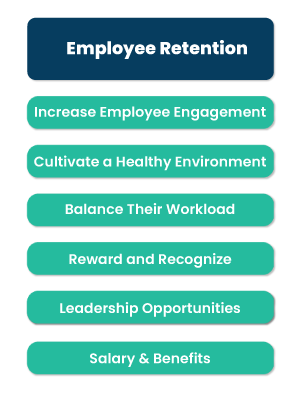
Retaining your employees in the company gets easy when the employers take the proper steps. When an employee is shown a clear picture of how he is going to grow in the company & what all extra perks he is getting here, it acts as a catalyst to retain him for a prolonged period. The small gestures of care towards your employees make them feel good about the company. Offer them vouchers, incentives, perks, etc., to increase their motivation level & retain them. Top-performing employees should get badges, trophies, loud applause, and other types of recognition in front of the entire office. The more they feel appreciated, the more they will stick to your company.
The source teamstage.io revealed that the engaged employee would likely retain for the long term. They have 87% less chance to put up their resignation. Conduct various activities to motivate employees, especially freedom of expression like timely employee feedback, suggestions, etc. Appraisals, career growth, additional benefits, and decision-making opportunities are some of the things that make employees work with your company for years to come.
2. High Productivity:
As a company, having a motivated staff helps you achieve high-end productivity, efficiency, and overall business success. Moreover, keeping your employees engaged results in an empowered, creative, and adaptable team. Motivated employees are innovative, competent workers and stay persistent with their top-notch performances. They find ways to increase their individual as well as the organization’s overall productivity optimally. High productivity in the workplace is strengthened by fulfilling the five needs of a worker, as per Abraham Maslow. These needs are Physiological, Security, Belongingness, Esteem & self-actualization.
A Study on employee motivation was conducted in the 1950s by a Utah university professor named Frederick Herzberg. According to him, hygiene factors like fringe benefits, working environment, and salary reduces dissatisfaction and doesn’t motivate the employees. Instead, recognition, responsibilities, opportunities, rewards, achievement, and appraisal encourage the workers to achieve high productivity.
3. Lower Absenteeism
The motivated employees voluntarily like to come to the office. They find it joyful to be a part of a particular organization. Absenteeism in motivated employees is relatively low as compared to unmotivated employees. Lack of reward, recognition, torture, misbehaving, sexual abuse, poor working conditions, and wrong terms with colleagues are some of the reasons for absenteeism from the workplace. As stated by the circadian publication, unscheduled absenteeism costs around $2500 annually for full-time employees. It costs $3600 every year for the individual hourly employee.
Unmotivated Employees start to take frequent habitual leaves apart from their paid offs & authorized leaves. Unscheduled absences from the workplace dramatically impact employees & employers. Understaffing, higher labor costs, decreasing productivity, and increased pressure on the existing workforce are some consequences employers face. Employees get salary cuts, poor reputation in the office, and fear of losing jobs in return due to their absenteeism. Various motivational remedies are taken up at the workplace to overcome the high absenteeism challenges.
4. Proactive
A motivated employee is always proactive & thinks from the future perspective. He has the potential to forecast things & manage risks. A proactive employee doesn’t panic when things go wrong. Instead, he prepares to act accordingly by stopping the issues before they arrive or staying determined by finding the best alternative to solve them. When the employees are motivated, they take more and more interest in additional activities apart from their job responsibilities.
Proactive employees are self-driven, creative, problem solvers, engaged, and seek new challenges. According to stats stated in the platform – teamstage.io, the percentage of employees worldwide that feels engaged in the workplace is only 15%. Their curiosity makes them want to know more and more things in advance. Hence they become the best problem solvers & decision-makers rather than having a complaining mindset or acting like the victim of the situation.
5. Work Towards Goals
A motivated employee understands his individual goals and organizational goals. Motivation stimulates the overall development of an employee. He starts to realize the value of everything around him & works his best to attain those objectives. A motivated staff understands the importance of setting clear & measurable goals. He is grounded & open to feedback. As soon as the employee attains his initially set purpose, he gets even more motivated to reach miles ahead. That’s how he gets a clear picture of the relationship between existing efforts & results.
As revealed in the article the Mouvement, one of the Harvard Business studies on goal setting & success disclosed unbelievable results. According to this study, 14% of employees work towards their goals. They are ten times extra successful as compared to employees without a plan. Almost 3% of the employees had written goals & are three times more successful than the 14% of employees having unwritten goals. Goal-setting theory effortlessly enhances employee engagement & employee motivation. It states how an employee can set goals & effectively achieve them. Utilizing this theory in your current system strengthens employee efforts, participation, and overall motivation.
Employee Motivation Quotes
Quotes 1: “Michael Phelps
With so many people saying it couldn’t be done, all it takes is an imagination.” – Michael Phelps.
Quotes 2: “I got lucky because I never gave up the search. Are you quitting too soon? Or are you willing to pursue luck with a vengeance?” – Jill Konrath
Quotes 3: “Sometimes it is the people no one can imagine anything of who do the things no one can imagine.” – Alan Turing
Quotes 4: “Challenges are gifts that force us to search for a new center of gravity. Don’t fight them. Just find a new way to stand.” – Oprah Winfrey.
Quotes 5: “We all tend to filter the world around us through what we know. So try and go beyond what you already know, fill your mind with the new, nourish it with different interests, and open it to the extraordinary. Life is too short to let the world we experience be restricted by our limited vision.” – Sergio Marchionne.
Types of Employee Motivation
Here are the top 11 Types of Employee Motivation:
1. Offices like your 2nd Homes
Whenever a person feels a sense of belonging to a specific place, you automatically think refreshed, enthusiastic, and motivated to go there daily. It might seem basic, but it’s highly significant for the employees. A workplace that’s welcoming, supportive, and has positive vibes, automatically catches the interest of employees. It indirectly motivates them to be present in the office daily and learn something new. Who doesn’t wish to attend a workplace that gives homely vibes with the salary? Many times, things might go out of hand, and you don’t feel like it’s your 2nd home. Yet, your sincere efforts should make your workplace friendly, healthy, and non-toxic. Keeping your employees satisfied, motivated, and engaged with their respective tasks is vital.
2. Decision-Making Authority
The employees considered essential members of the decision-making process would likely feel satisfied at the company. It indirectly motivates them to become a better version of themselves. Employees are the ones who are going to bring fruitful outcomes. So, considering their advice will create a massive positive shift in their performances. They feel their viewpoints and voices are heard, valued & trusted. It helps them to think critically from the leadership point of view. Through this small change, the employee starts to think, speak, & act like a consultant in their specific domains.
1. Autonomy
2. Role & Tasks
3. Equipment
4. Work process
5. Performance Management
3. Learning Opportunity
None of the employees would like to stay stagnant at the same job role & salary for years. Therefore, companies that conduct timely training and upskilling programs will likely retain employees. Working in an environment with creativity and consistent learning opportunities positively impacts employees’ mindsets. It excites them & the learning programs bring back the zeal to work with their utmost potential & honestly. Learning opportunities help the staff to define a career path where they can get a promotion and live the life of their dreams. Such options also strengthen employees’ existing skills, knowledge, and talent.
4. Employee Reward and Recognise
It allows employees to get recognized for their commendable performance and intrinsic & extrinsic engagement. The fair & timely appreciation of efforts positively impacts the employees’ mindset. It motivates them to do even better in the future. Rewards are provided in the form of a gift for the goal accomplished by the employee. It comprises brand vouchers, gift cards, bonuses, and travel tickets. Recognition is providing acknowledgment to the employee for his outstanding accomplishments. You can receive it in appreciation mail, a thank you, etc. As per one of the reports by www.psychometrics.com, almost 58% of the industry experts believe that employee recognition is the most promising alternative for boosting employee productivity.
5. Employee benefits
Employee benefits are also called fringe benefits & are provided to the employees as a part of their indirect pay. Such benefits are non-cash compensation & are provided to the employees along with their salaries & wages. The main motive behind providing employee benefits is attracting & retaining the right talent in the company. Knowing all of your benefits as an employee of the company holds a higher chance of retention. Otherwise, the staff prefers to switch jobs and often swing the benefit elsewhere. The most commonly prevailing employee benefits types are mentioned below:
1. A hygienic office set up
2. High-speed Wifi
3. Health insurance
4. Medical insurance
5. Life insurance
6. Work from home job opportunities
7. Internet reimbursement
8. Transport allowance
9. Complementary off
10. Coffee machine & evening snacks
11. Stock options
12. Social Security benefits
13. Fair salary system
14. Office parties
15. Retirement benefits
6. Health and Safety at Workplace
A workplace that has covered all the measures related to health & safety is likely to have long-term employee retention. It boosts the overall morale of an employee. They feel more motivated, connected & happy to work in the provided conditions. It leads to enhanced productivity for the company. Every employee will work with a free mindset when he understands that he can accomplish his job role without negatively affecting his health. An effective safety program saves you from unseen disastrous health and legal & monetary risks. According to the health & safety law, all employers must maintain standard safe working conditions. Employers also have to carefully find all the safety-related loopholes in the system & rectify them as a priority.
7. Celebration
Ever remember how happy & excited we used to get seeing our birthday wishes & gifts at home? If you label the office premises as the employee’s second home, why not celebrate their main days at the office? The smallest of the celebrations brings the most significant difference in an individual’s life! Showing your employees the small gestures of how important they are to the company positively impacts them. Celebrating the working anniversaries, birthdays, and target achievement congratulations through speech, social media creative, and email makes an employee belong to the company. Whenever there is a sense of belonging, the motivation and enthusiasm to work are always at a peak.
8. Team Building Activities
The team building activities allow strong team bonding, happiness, and a sense of connectedness towards their team members. Once this is established, employees feel free to take each other’s help by improving their problem-solving skills. When you have a better teammate, you automatically think about coming to the office. Ensure the activities you conduct to enhance employee motivation are engaging, stressful-free, and have several fun elements. It should improve communication skills, decision-making, adaptability, and trust. Some of the examples are:
1. Office trivia
2. Whiteboard challenge
3. Truths & a lie
4. Zen counting
5. Fun facts guessing
9. Tea Time with your CEO
Having quality time with the CEO helps boost your confidence & the zeal to work better ahead. The CEO’s motivational talk during tea time is an energy drink for the employees. This way, everybody gets comfortable speaking to the CEO, freely speaking up the creative ideas, and seeing his humble side. Participating employees should get a fair chance to interact during the tea talk. Maintaining an informal yet respectful & warm tone is compulsory. Such smooth interaction with the company’s founder enables a high level of divinity, a sense of belonging, boosted morale, creativity, problem discussion & high-end motivation among employees.
10. Welcoming Employee Ideas
Employees have a pool of ideas. Unfortunately, they often keep their thoughts to themselves, thinking of getting trolled by others. Such an environment leads to destroying life-changing creativity. Always create an atmosphere where the employee has a right to speak about his new ideas, his mindset, and how he thinks his ideas will bring a positive change to the company. When an employee feels heard, he is open to sharing his creative suggestions, which in most cases, brings an incredible impact on the entire team & company. It creates a sense of satisfaction, and he automatically starts to feel happy & motivated. When motivated, he is bound to put 100% of his effort into giving an excellent performance.
11. Colleague Motivation
The best method to encourage your colleagues is by setting a good example. When you appreciate your work, follow the rules diligently, and accomplish tasks on time, your coworkers are motivated to do the same. Healthy competition is beneficial in achieving employee motivation. The more high-profile projects you receive, the extra money you make, and the recognition you get create triggers to achieve the same benefits. Having good friendships & knowing your colleagues in person is the biggest motivating tool. Being a good listener and a helpful person while working helps your colleague to stay motivated at work.
Conclusion
Motivation is vital for an individual, an employee, or a business. A motivated employee delivers enormous value to the organization by going the extra mile to complete the work. He smartly maintains and enhances the overall graph of the business, ensuring colossal revenue growth. An organization is not going to achieve success & accomplish its vision or mission through an unmotivated employee.
Employee Motivation enables positive behavior to activate emotional, social, biological, and cognitive forces. It furthermore helps to reinforce goal-oriented behaviors. Henceforth, it gets highly crucial nowadays to keep your employees happy & motivated through various additional benefits like rewards, team building, a privilege to make a decision, etc.
Join a Community of 1,00,000+ HR Professionals








